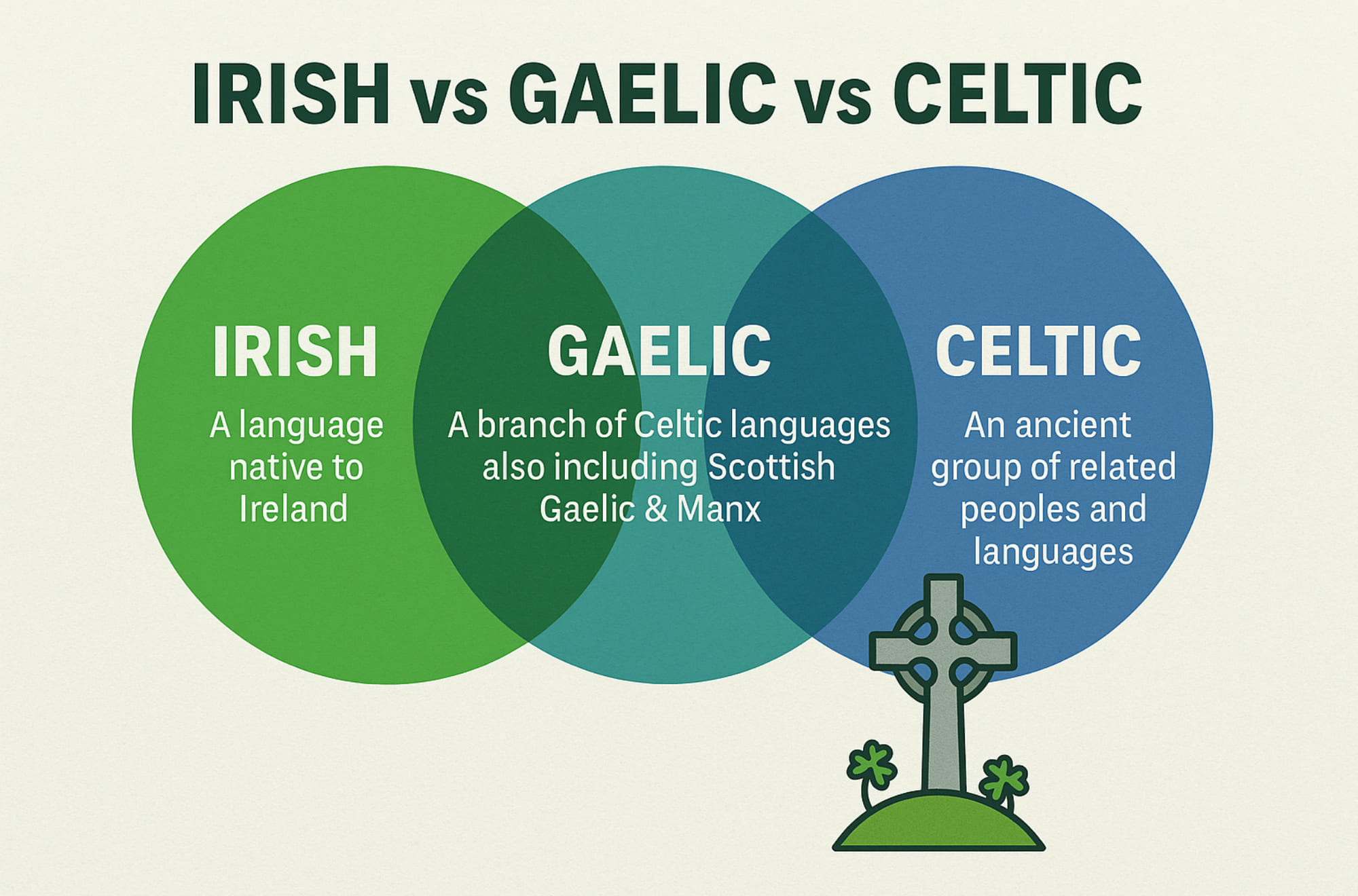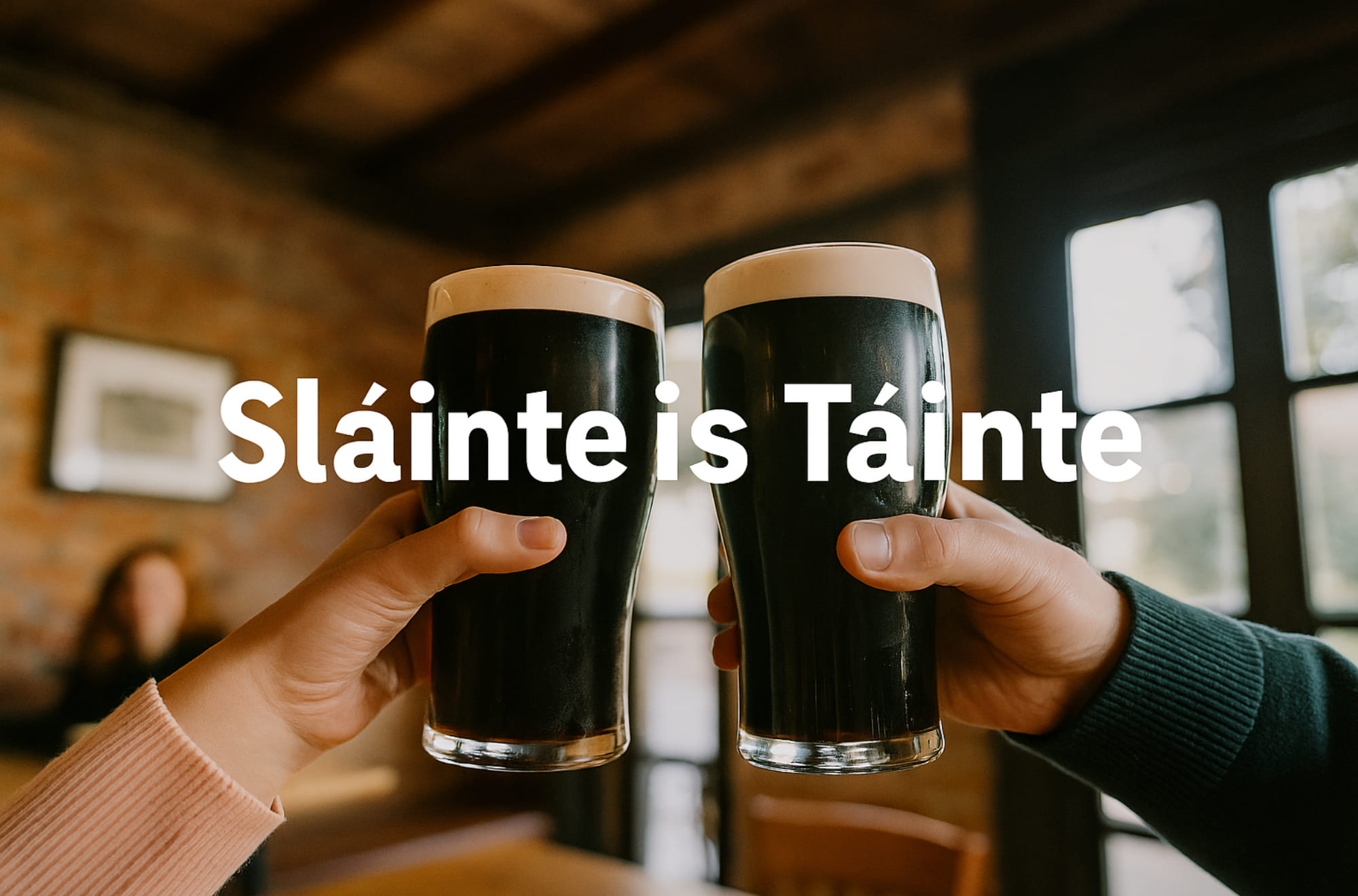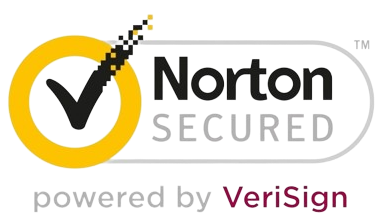Adjectives are crucial in any language for describing nouns and bringing your sentences to life. In Irish (Gaeilge), adjectives behave somewhat differently from English, featuring unique placement and agreements with the nouns they describe. This guide, provided by Gaeilgeoir AI, dives into the essential aspects of adjectives in Irish, offering insights and practical tips to enhance your understanding and usage of these descriptive words in daily conversation and writing.
Understanding Adjectives in Irish
Adjectives in Irish, known as “aídíocht,” play a pivotal role in adding color and detail to communication. They follow certain grammatical rules that differ significantly from those in English:
- Placement: Generally, adjectives in Irish appear after the noun, unlike in English where they usually precede the noun.
- Agreement: Adjectives in Irish must agree in gender (masculine or feminine) and number (singular or plural) with the nouns they modify.
Key Rules for Using Adjectives
Gender Agreement
- If the noun is masculine, the adjective remains in its basic form.
- For feminine nouns, most adjectives require a specific modification, often involving the softening or lenition of the initial consonant.
Number Agreement
- When describing singular nouns, adjectives use their singular form.
- In plural contexts, adjectives change to reflect the plural, often by adding an “-a” at the end for most adjectives.
Examples of Common Adjectives in Irish and Their Usage
To help you understand how adjectives work in various contexts, here are some frequently used adjectives in Irish along with examples:
- Mór (big):
- Singular: “madra mór” (big dog)
- Plural: “madraí móra” (big dogs)
- Beag (small):
- Singular: “cailín beag” (small girl)
- Plural: “cailíní beaga” (small girls)
- Sean (old):
- Singular: “teach sean” (old house)
- Plural: “tithe seana” (old houses)
Enhancing Your Vocabulary with Adjectives
Thematic Vocabulary Building
- Colors: “dearg” (red), “gorm” (blue), “buí” (yellow)
- Sizes: “beag” (small), “mór” (big), “ollmhór” (huge)
- Qualities: “álainn” (beautiful), “uafásach” (terrible), “cliste” (smart)
Practice Techniques
- Flashcards: Utilize flashcards to memorize adjectives and their forms.
- Descriptive Writing: Practice writing descriptions of people, places, or things using a variety of adjectives.
- Role-playing: Engage in role-playing exercises where you describe objects or scenarios to another person using Irish.
Tools and Resources from Gaeilgeoir AI
Gaeilgeoir AI offers a range of tools designed to assist your learning:
- Interactive Exercises: Engage with dynamic exercises that focus on adjective use and agreement.
- Customized Learning Paths: Tailored lessons to strengthen your understanding of Irish adjectives based on your proficiency level.
- Real-Time Feedback: Receive immediate feedback on your usage of adjectives in practice sentences and corrections where necessary.
Conclusion
Adjectives are not just vocabulary words; they are vital tools that infuse your Irish language expression with richness and precision. Understanding and using adjectives correctly can significantly enhance your communication effectiveness. Utilize the resources and strategies suggested by Gaeilgeoir AI to master the use of adjectives in your Irish language journey.
Want to learn more?
Ready to expand your Irish vocabulary and master the art of description? Sign up for a free trial at Gaeilgeoir AI today and explore our extensive learning resources designed for learners at all levels. Join our community and take your Irish language skills to new heights!











